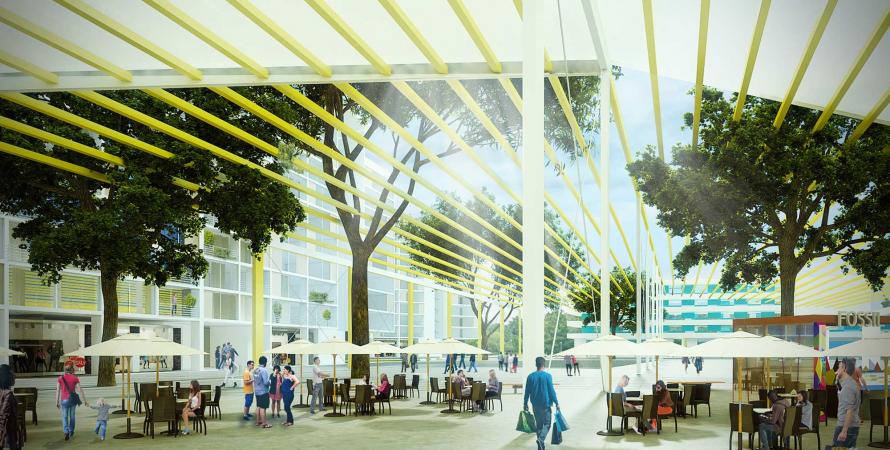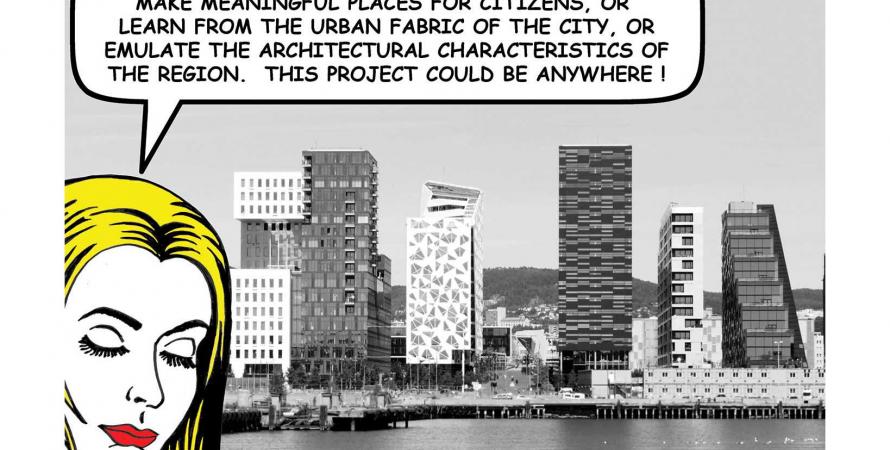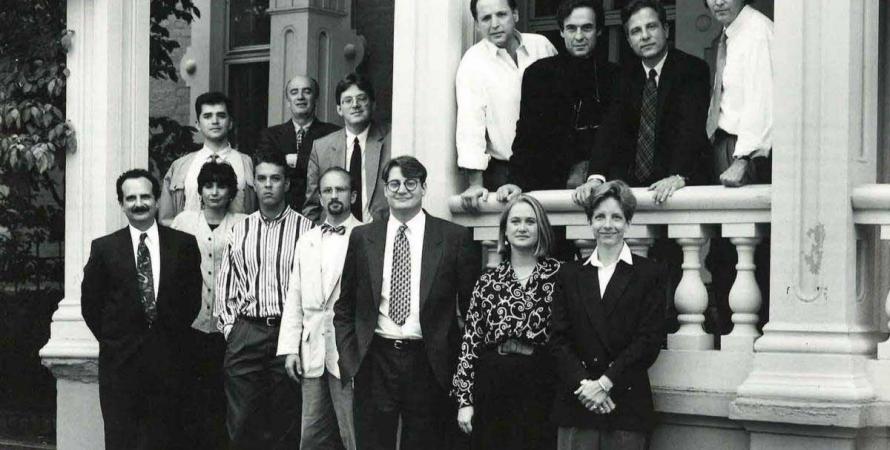-

Pattern retrofit for resilience planning
This is part 3 of a series on retrofitting urban patterns to create more resilient places where decentralized capital can flourish. A key step in that direction would be a specific kind of community planning exercise.Note: See Part 1 and Part 2 of this series. Have you noticed how most city plans sit on the shelf? After several years working in planning, I have become disillusioned with all the useless plans—land use plans, comprehensive plans, sustainability plans—all of them doing very little to address...Read more -

Showcase your best work in the Charter Awards
The 19th annual awards will feature a new category, "Emerging Projects," in addition to all outstanding work that fulfills the goals of the Charter of the New Urbanism.In 2001, when not yet ten years old, CNU established the Charter Awards to encourage and demonstrate exemplary new urbanist projects. Knowing how difficult it was to realize the Charter’s principles on the ground through actual, built projects, we cast a wide net to recognize innovations in...Read more -

CNU should engage with European urbanists
For all its beautiful urbanism and high-quality transit, which America should emulate, Europe is behind the US in the understanding of charrettes, developers-as-town-founders, form-based coding, the Transect, and other new urban ideas.Members of the Congress for the New Urbanism (CNU) look to traditional European towns and cities for inspiration, enticed by their exemplary public spaces, and walkable mixed-use neighborhoods. The iconic drawing by Léon Krier, Res Publica / Res Economica , is legendary for its direct explanation...Read more -

Why new urbanists generated great ideas
A multidisciplinary group with potential influence on and understanding of the built environment, new urbanists were uniquely positioned to push back effectively against the status quo.The late urban planner Hank Dittmar writes that he “perceived a dissonance between what [he] saw and liked in cities and landscape and what was being taught in school.” Everything that Dittmar loved about cities—mixed-use, walkability, fine-grain diversity of buildings, the network of small blocks...Read more